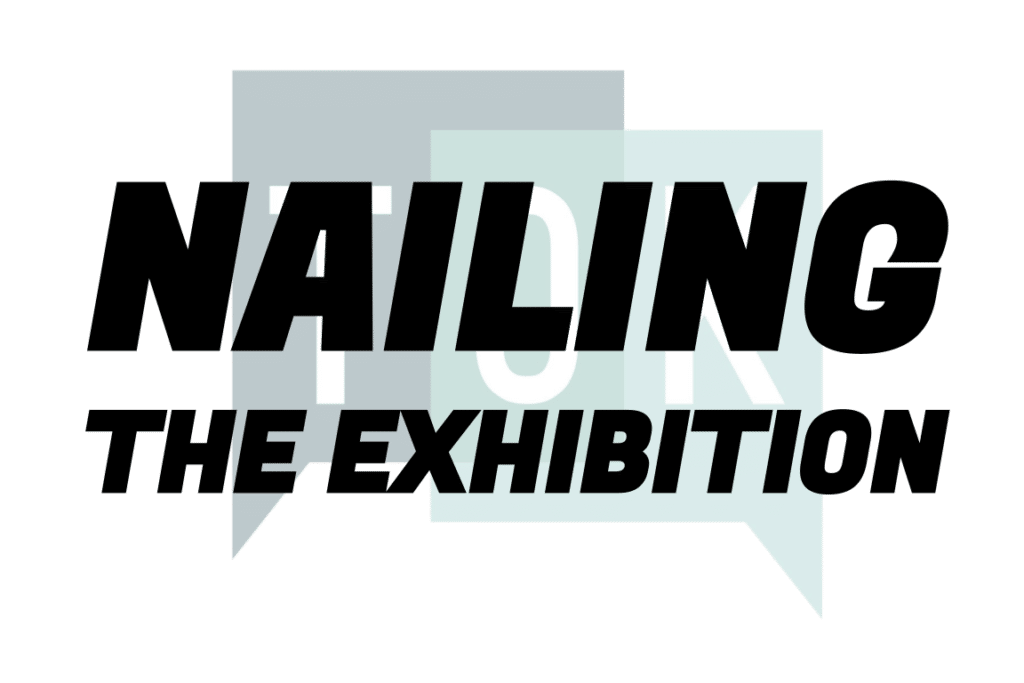
The driving question for the first TOK assessment task is, ‘Does the exhibition successfully demonstrate how TOK manifests in the real world?’ This section gives you a quick step-by-step guide on how to do that, and provides you with links to the rest of our support for the TOK exhibition. More support coming soon!

Become a member of theoryofknowledge.net
Members have access to a huge range of classroom-ready TOK resources, including three different TOK Courses, the monthly TOK Mini-Lessons, our TOK Padlets, the Integration Tool, TOK Filmography, and loads more engaging, innovative resources!
Join in seconds here, and turn your school into a hub of authentic critical thinking.